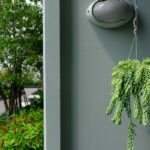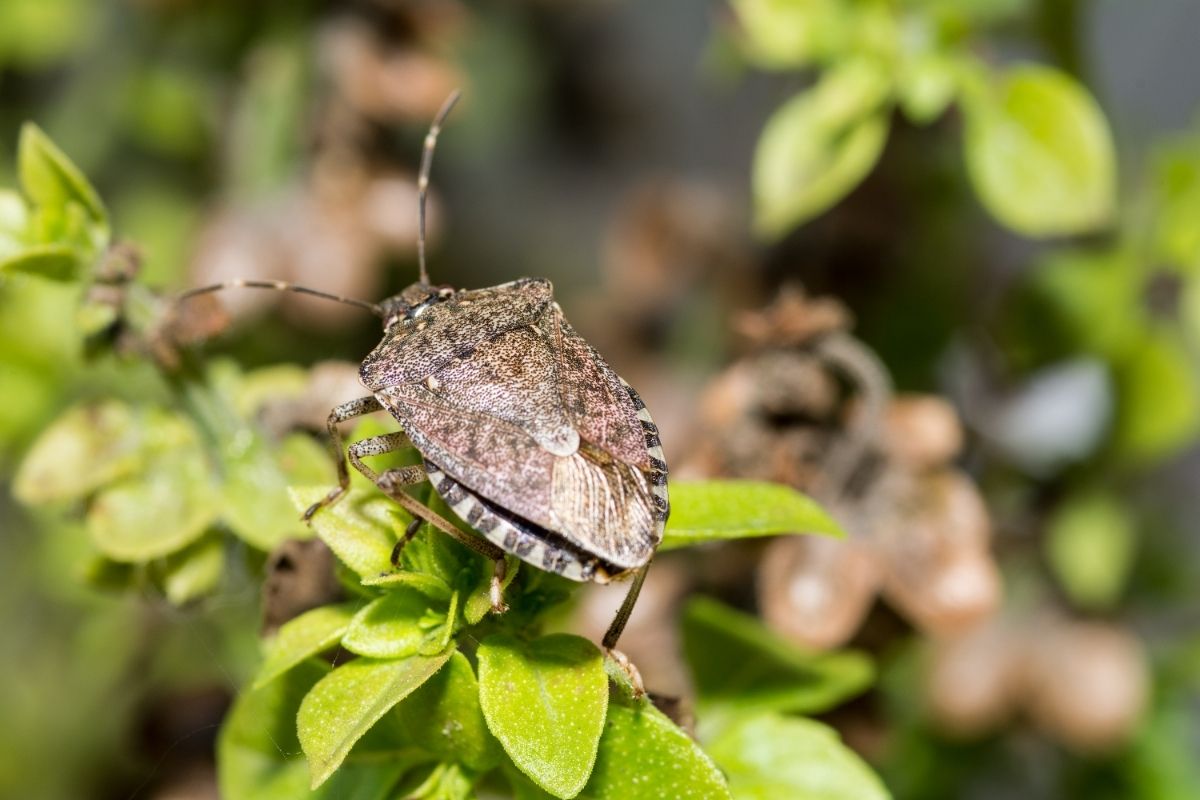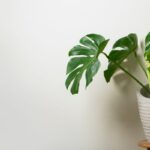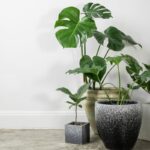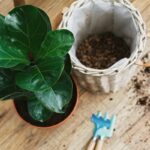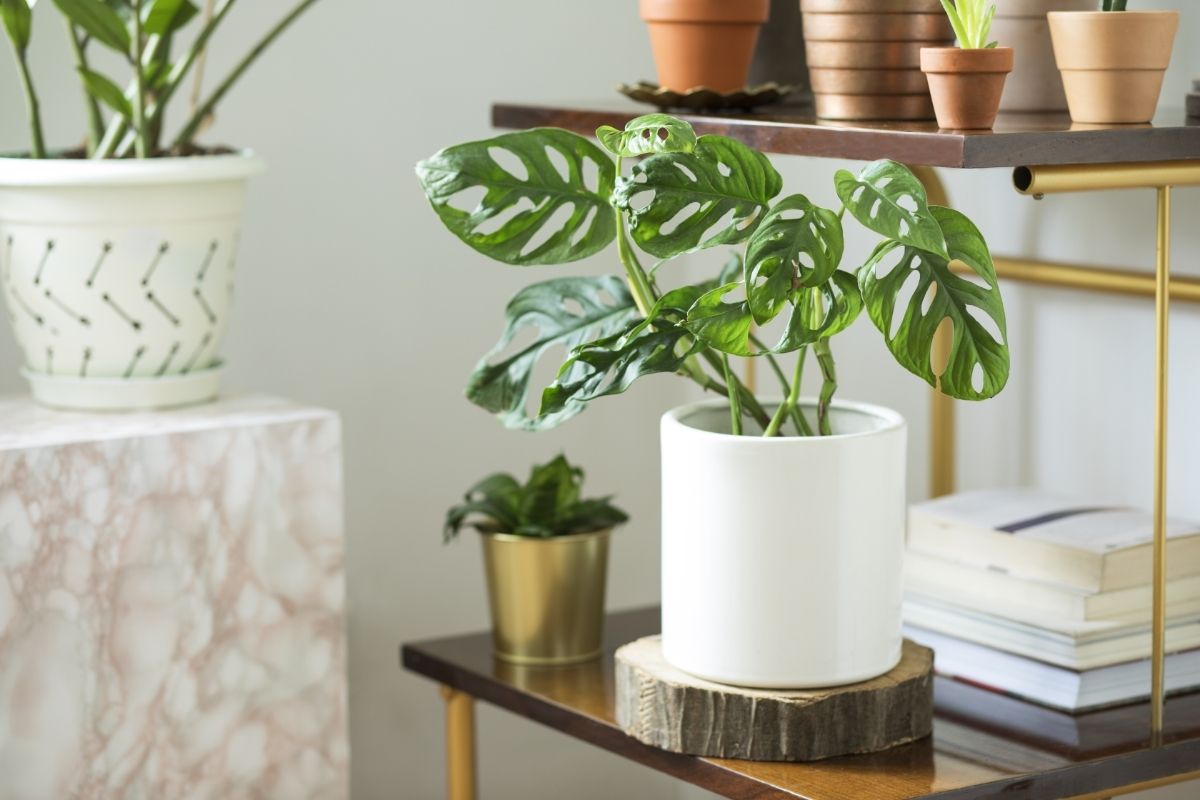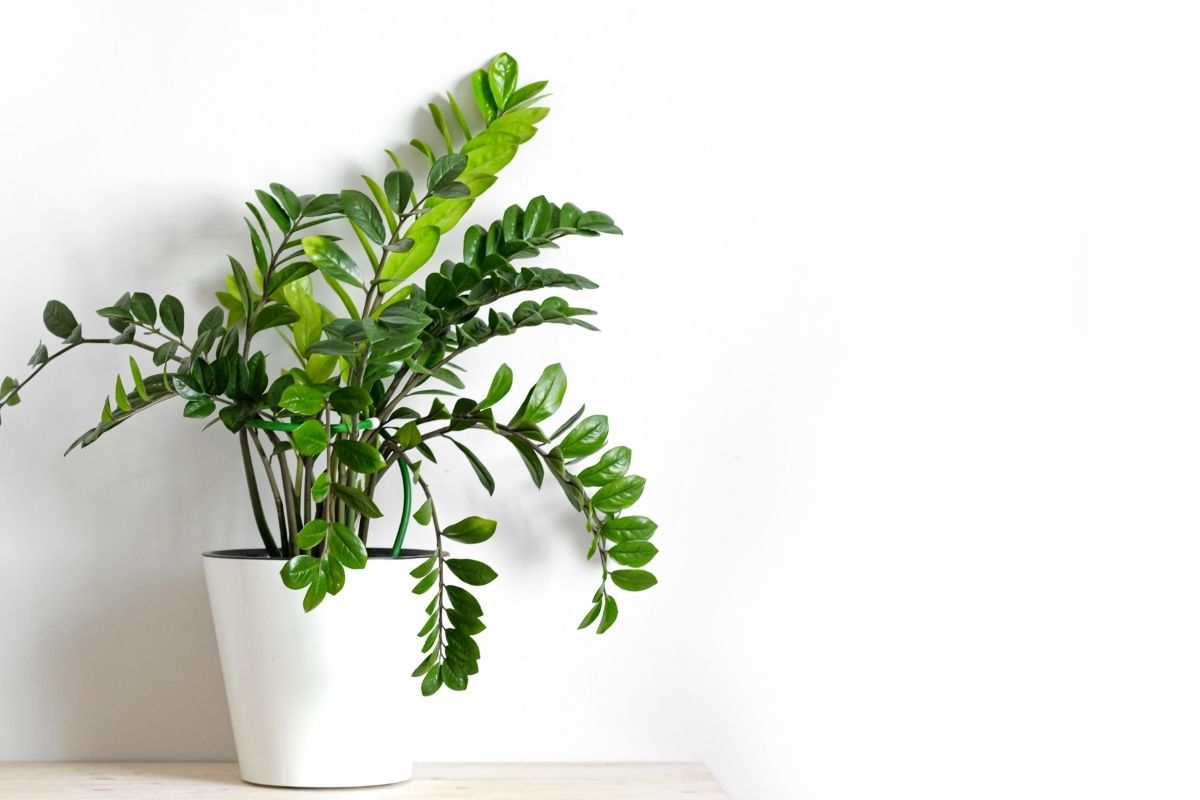When you grow a plant outside, the plant is susceptible to all sorts of elements that could inhibit its growth or kill the plant, growing a garden outside will take a lot of maintenance and a watchful eye.
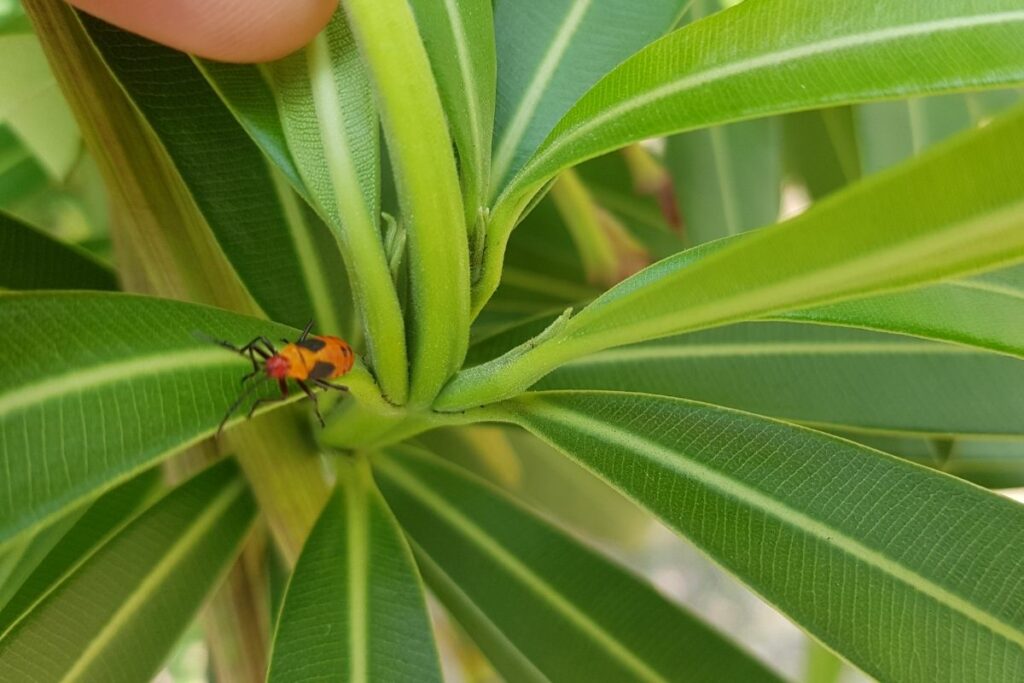
When you are growing a plant indoors, it tends to experience fewer elements and therefore fewer problems. This is why indoor plants are so popular, they’re easy maintenance, and why when sprouting a new plant, you start with a little indoor pot instead of planting them straight outside.
Although growing a plant indoors will protect it from most of the elements, such as extreme weather and other predatory plants, you aren’t guaranteed to protect your plant from all the elements.
One popular issue that people face with indoor plants is bugs, although you have fewer bugs on your plants than there would be outdoors, indoor plants are still a goldmine for some, more unusual critters.
In this article, we will answer the question of indoor plants and bugs and tips on how to prevent your plants from being infested.
Do Indoor Plants Attract Bugs?
Yes, indoor plants do attract bugs. Much like any outdoor plant, an indoor plant is a great source of food or a mating ground for some species of bugs.
Bugs are usually drawn to plants that have high levels of humidity or poor air circulation and these factors are much more likely to apply to indoor plants than they are to outdoor plants.
Some common bugs that you may find on your indoor plant could be gnats, aphids, scale, whitefly, spider mites, thrips, and mealybugs.
What Causes Infestations On Indoor Plants?
Even healthy plants in the perfect conditions may attract some bugs, but you are more likely to attract bugs to your indoor plants if you have your plants in humid areas with low to little air circulation.
If you maintain a good habitat for your plant, as well as water the plant properly and check it regularly for the start of an infestation, you should be able to keep infestations low and be able to treat them quickly which will minimize damage to your plant.
High Humidity
Many bugs love areas with high humidity and if you have an indoor plant in a habitat that is humid you can expect to see some bugs flocking to that plant.
Due to many bugs’ small body sizes, they need to use the surrounding climate to keep their bodies moist, otherwise they will dry out. This is why there are an estimated 2.5 million species of insects that inhabit the Amazon Rainforest.
A few plants in your kitchen aren’t exactly the Amazon Rainforest, however, they can get humid, here are a few of the reasons why indoor plants tend to get humid.
Climate Conditions
Humidity could simply come from the climate that you’re in. If your house is close to large amounts of water such as lakes or the coast or has high levels of precipitation then you will just naturally have higher humidity in your home.
Overwatering
It doesn’t matter what climate you live in, if you give your plants too much water or water them too frequently, you’re going to get high humidity levels around that indoor plant.
Having soggy soil around the plant will mean that the water will evaporate from the surface of the soil and raise the relative humidity levels around your indoor plants.
Standing Water
Standing water will likely come from overwatering but instead of overwatering as in frequency, it relates to the quantity of water that you give your plant each time.
It will also concern the pot that your plant is in, if you are afraid of overwatering or standing water, place a saucer under your plant pot and any excess water in the saucer means that you are watering your plant too much.
Air Circulation
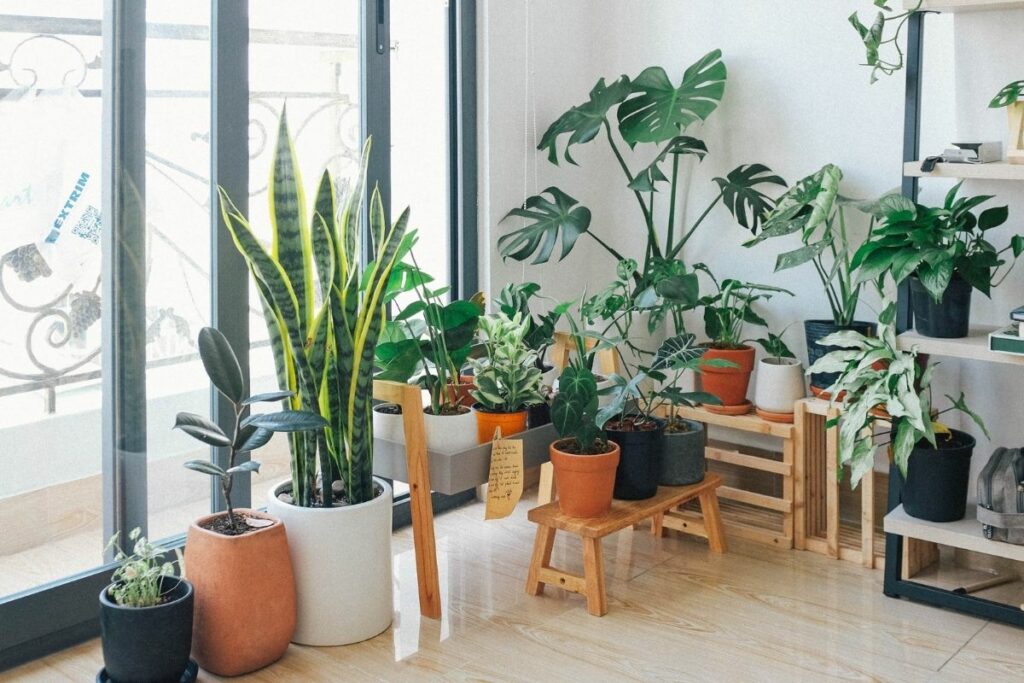
Humidity usually occurs when the air is still and stagnant, therefore keeping a constant airflow around your plants will help in preventing the humidity levels from getting too high.
However, having air circulation around your plants will also prevent bugs in other ways. Air circulation will help accelerate the drying of the soil, which in turn reduces fungal growth, making your plants a less pleasant place for insects to live.
There are a couple of reasons that your indoor plant may have a lack of air circulation.
Lack Of Space
If you have a lot of plants in a small area there isn’t going to be much room for air circulation. Sometimes buying houseplants can be addictive, and as much as we love seeing greenery scattering our homes, too many will have a negative effect on your plants.
Try to make it so that your plants aren’t touching each other as it will reduce ventilation around them.
Lack Of Air Movement
The placement of your plants in your home is key to your ventilation, you want your plants somewhere where the air is constantly moving.
This doesn’t necessarily mean right next to an open window, any doors, vents, or even hallways where people are constantly moving by the plant will generate a good amount of airflow.
It is also important to make sure that your house is properly ventilated throughout the day, opening a window for 10 minutes each day can be the world of difference.
Some indoor plants thrive off of humidity, and it can be hard to keep a healthy plant while making sure that the humidity levels aren’t right for bugs.
Plants such as ferns, peace lilies, and Calathes will need constant humidity. With plants like this, make sure to constantly check for any signs of infestation.
How Do I Prevent And Minimize Damage From Indoor Plant Bugs?
As well as making sure that your indoor plants aren’t too humid and have the right amount of airflow, there are other ways to prevent and treat plants that could become infested with bugs. Here are a few tips when looking to prevent bugs on indoor plants.
- Cautiously inspect each new plant that you bring into your home. If you have bought your plant from a plant nursery, the likelihood is that they were brought up in close quarters with other plants in a humid environment. These plants could be prone to bugs and already have the start of an infestation.
- Remove diseased or dead leaves and parts of your plant as soon as you notice them. This includes any part of the plant that drops off of the plant and into the soil below. Carefully take the dead tissue and dispose of it properly as debris is an inviting space for bugs to live.
- Routinely check your plants for any signs of infestation or bugs. If you detect an infestation early then you have more chance of stopping it and saving your plant. We recommend doing a quick check of your plants every time you water them and a thorough check once a week.
- When you are repotting a plant that has been growing outdoors or in a shed/garage, make sure you use fresh soil and don’t be tempted to use old potting soil. If the plant has been living in an area where bugs frequent, it is likely that bugs have laid eggs in the soil.
- When an infestation is found, quarantine the infested plant from any other plants that you have around. This will stop any neighboring plants from being infested by the bugs on that plant, try to treat your plant as quickly as possible. Treatments will differ depending on the type of bug that has infested.
Final Thoughts
An infestation of house plants can be a real pain, especially if you have a lot of house plants in close quarters. However, an infestation can be easily prevented through constant surveillance and making sure that your plants’ habitat is not a habitat that bugs will enjoy.
If you follow all the tips in preventing the infestation of bugs, you will minimize the chance of an infestation and the damage it will do to your indoor plants.
- Best Hanging Plant For Low Light - September 4, 2023
- Best Indoor Plants Florida - August 28, 2023
- Best Plants For Bathroom Smells - August 21, 2023

